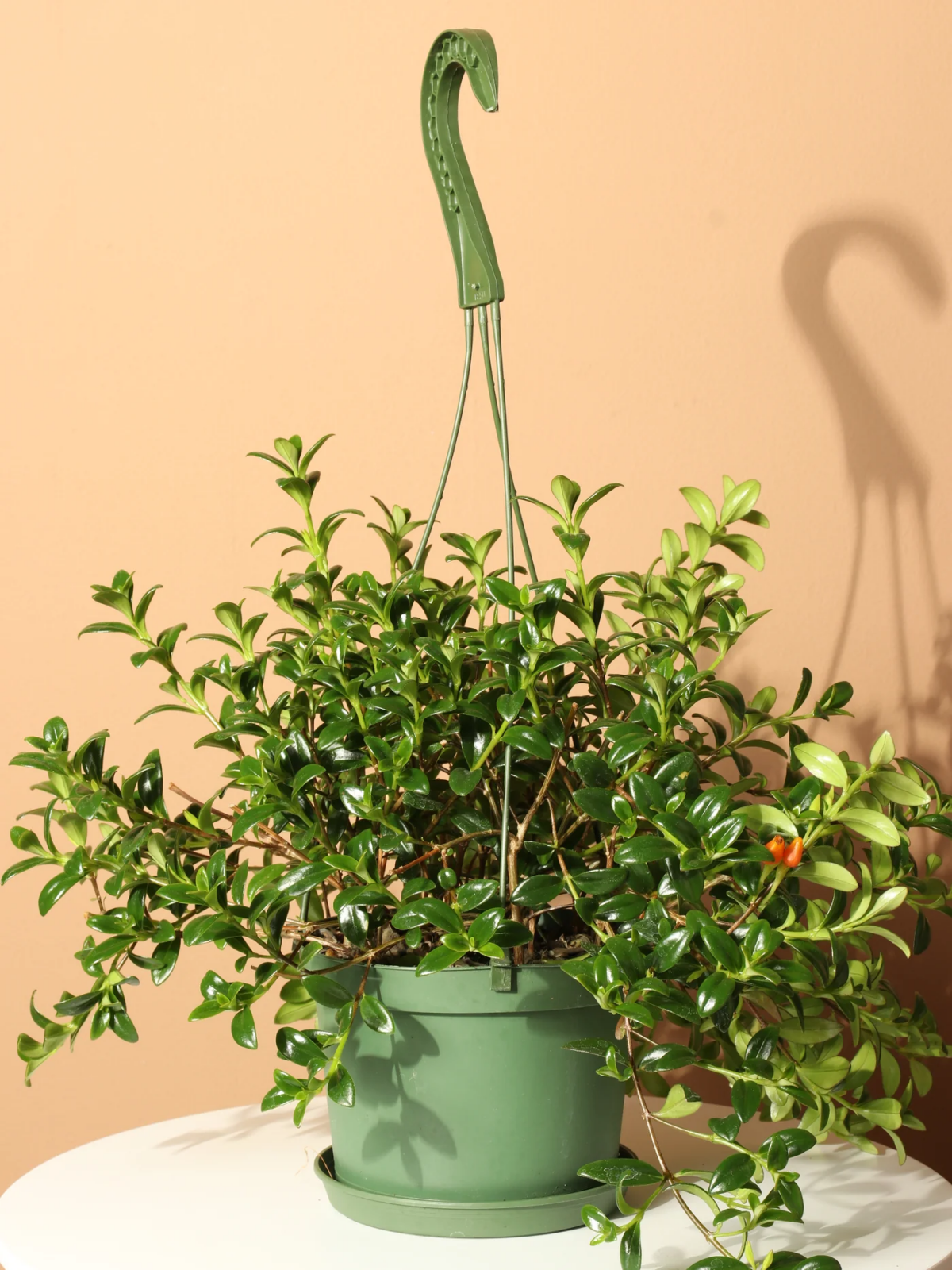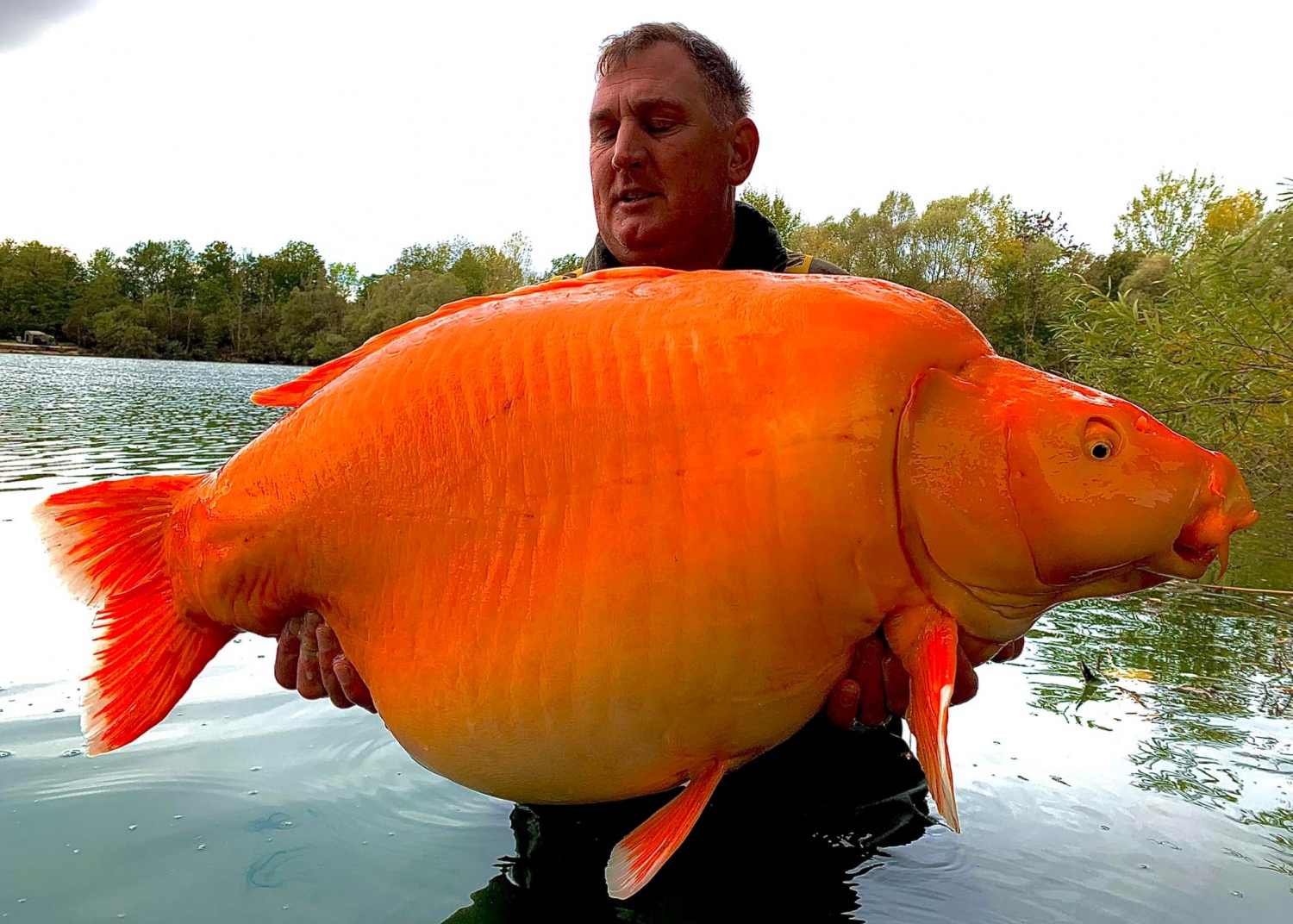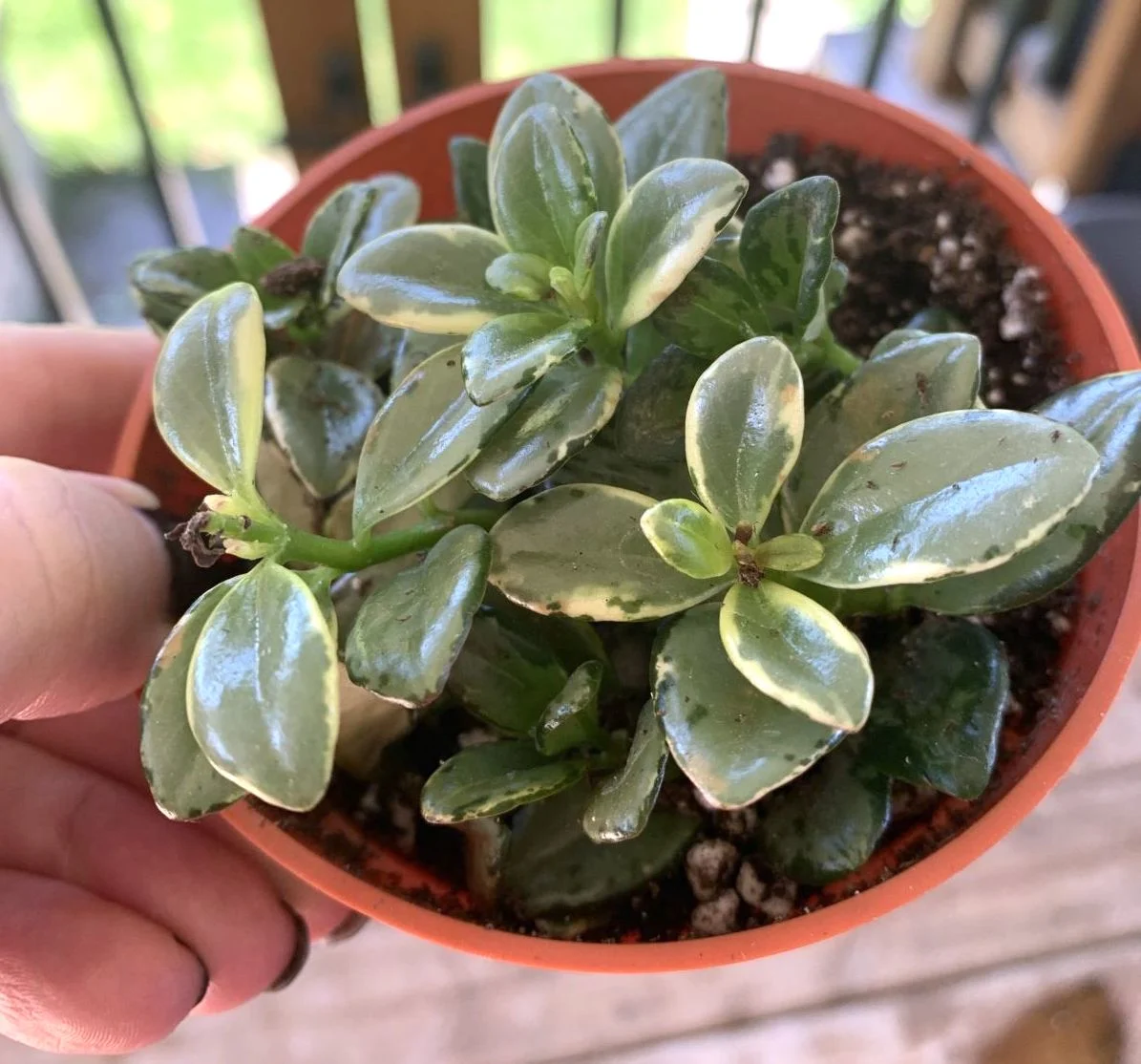Embark on an extraordinary journey to discover the art of finding the perfect bonsai tree. Whether you’re a budding enthusiast or a seasoned collector, this comprehensive guide will illuminate the path to your dream bonsai.
The Quest for Perfection: Finding the Perfect Bonsai
Finding the perfect bonsai is no easy feat. It requires a discerning eye, patience, and an understanding of the plant’s unique characteristics. Common pitfalls include rushing the process, neglecting proper care, and overlooking the importance of aesthetics.
To avoid these pitfalls, consider the bonsai’s health, shape, and styling. Health is paramount, as a thriving plant will be easier to care for and maintain. Shape plays a crucial role in the visual appeal of the bonsai, ensuring it resembles a miniature tree in nature. Styling involves techniques such as pruning, bending, and wiring to enhance the bonsai’s aesthetics and emulate the natural aging process.

The Essential Guide: Where to Buy and What to Look For
Finding the perfect bonsai requires knowledge of reputable sources and an understanding of the key factors to consider.
When choosing a seller, seek out experienced nurseries specializing in bonsai. These professionals can provide valuable guidance and ensure the health and quality of their trees. Online retailers also offer a wide selection, but be cautious of potential scams and thoroughly research the seller’s reputation before making a purchase.
When inspecting a bonsai, consider its overall health, foliage, and the condition of the soil. Healthy trees should have vibrant foliage with no signs of pests or diseases. Ensure the soil is well-draining and free of weeds. Inspect the trunk for any cracks or damage that could affect the tree’s long-term health and stability.

The Art and History of Bonsai
Bonsai, an ancient Japanese art form, has been practiced for centuries. Rooted in Shinto beliefs and traditional aesthetics, bonsai represents the harmony between nature and human creativity. Bonsai practitioners strive to create living sculptures that capture the essence and beauty of nature in miniature form.
Over time, bonsai has evolved into various styles, influenced by regional traditions and cultural preferences. The most common styles include the formal upright, informal upright, slant, semi-cascade, and cascade styles. Each style represents a distinct aesthetic philosophy and requires specific techniques to achieve its desired shape.

Unlocking the Secrets of Bonsai Care
Caring for a bonsai is a rewarding but ongoing endeavor that requires attention to detail. Proper watering, fertilization, pruning, and repotting are essential for maintaining a healthy and thriving bonsai. Understanding the specific needs of your bonsai species is crucial for its well-being.
Watering is vital and should be done when the soil is dry to the touch. Overwatering can lead to root rot, while underwatering can stress the tree. Fertilizing should be done monthly with a balanced bonsai fertilizer to provide essential nutrients.
:max_bytes(150000):strip_icc()/Bonsai-Juniper-Tree_GettyImages-1191078639-c86fffdd513648b6b2ee0d658710bc7d.jpg)
Pruning and Repotting: Essential Techniques for Bonsai
Pruning is an essential technique for shaping and maintaining the bonsai’s form. Selective pruning of branches and foliage encourages the tree to grow in a desired direction and promotes denser foliage. Repotting is necessary to replenish the soil and provide the bonsai with fresh nutrients. It also allows for root pruning and shaping, ensuring the roots remain healthy and the bonsai continues to thrive.
Tips for Choosing and Caring for Your Bonsai
When choosing your bonsai, consider its size, species, and the amount of care it requires. Smaller bonsai may be easier to care for but can be more challenging to shape. Deciduous species lose their leaves in the winter, which can affect their appearance and care requirements. Research the specific needs of your chosen species to ensure you can provide the best possible care.
Caring for your bonsai involves daily watering, weekly misting, and monthly fertilization. Regular pruning and repotting are also essential for maintaining its health and shape. By providing proper care, you can enjoy the beauty and tranquility of your bonsai for many years to come.
The Importance of Sunlight and Humidity for Bonsai
Sunlight is essential for photosynthesis and the overall health of your bonsai. Choose a location that receives bright indirect light for most of the day. Direct sunlight can be too harsh and scorch the leaves, while too little light can lead to weak growth. Humidity is also important, especially for tropical species. Regular misting or placing your bonsai near a humidifier can help maintain adequate humidity levels.
Fun Facts about Bonsai
Did you know that bonsai trees can live for hundreds of years? The oldest known bonsai, a Japanese white pine, is over 1,000 years old! Bonsai trees are also incredibly resilient and can survive in a wide range of climates. From the cold winters of Japan to the dry deserts of Arizona, bonsai trees have adapted to thrive in various environments.
Apart from their beauty and cultural significance, bonsai trees have also been shown to have therapeutic benefits. Studies have found that caring for bonsai can reduce stress, improve mood, and enhance creativity. The calming and meditative aspects of bonsai cultivation make it a popular hobby for those seeking relaxation and mindfulness.

Conclusion of Essential Guide To Finding The Perfect Bonsai: Where To Buy And What To Look For
Finding the perfect bonsai is a journey that combines knowledge, patience, and an appreciation for the ancient art form. By understanding the key factors to consider and providing proper care, you can cultivate a beautiful and thriving bonsai that will bring joy and tranquility to your life. Whether you’re a beginner or an experienced enthusiast, this guide has provided you with the essential knowledge to embark on your bonsai adventure and create a miniature masterpiece of nature in your home.
Questions and Answers
How do I choose the right bonsai for me?
Consider your experience level, space limitations, and the amount of care you can provide. Smaller bonsai are easier to care for but require more frequent attention, while larger bonsai are more stable but need more space.
Where can I find reputable bonsai sellers?
Look for experienced nurseries specializing in bonsai. Online retailers also offer a wide selection, but be sure to research the seller’s reputation before making a purchase.
What are some common mistakes to avoid when caring for bonsai?
Common mistakes include overwatering, neglecting proper drainage, and using inappropriate fertilizers. Ensure your bonsai receives enough sunlight, humidity, and the right amount of water to thrive.
Can bonsai trees live for a long time?
Yes! Bonsai trees are incredibly resilient and can live for hundreds of years with proper care and maintenance. The oldest known bonsai, a Japanese white pine, is over 1,000 years old.






:max_bytes(150000):strip_icc()/grow-columnea-gloriosa-indoors-1902642-2-c5b42eae1ce045f9802f26c747aac14a.jpg)
